In a cramped office in a market in Nairobi, the rebel army of South Sudan conducts fragile diplomacy over spring rolls.
Phones buzz constantly. Men dressed in suits speak Arabic, Sudanese tribal languages, and broken English into one cell phone while texting on another. The smell of fish and hair spray wafts into the room whenever the frosted glass door opens. The men plot affairs of a state from which they’ve been exiled as they wait for a delivery of Chinese takeout. Welcome to the office of the rebel army of South Sudan.
Nestled between a beauty salon and tailor in a high-rise Chinese market on the outskirts of Nairobi, Kenya, resides the office of the Relief Organization of South Sudan (ROSS), responsible for coordinating aid in the war-torn country. The room itself is bare save for some harsh fluorescent lighting and chipped paint revealing the concrete wall behind. Most of the men sit behind outdated laptops typing up press releases and emails, their faces bearing the unmistakable scarring of the South Sudanese Nuer people that marks passage into manhood.
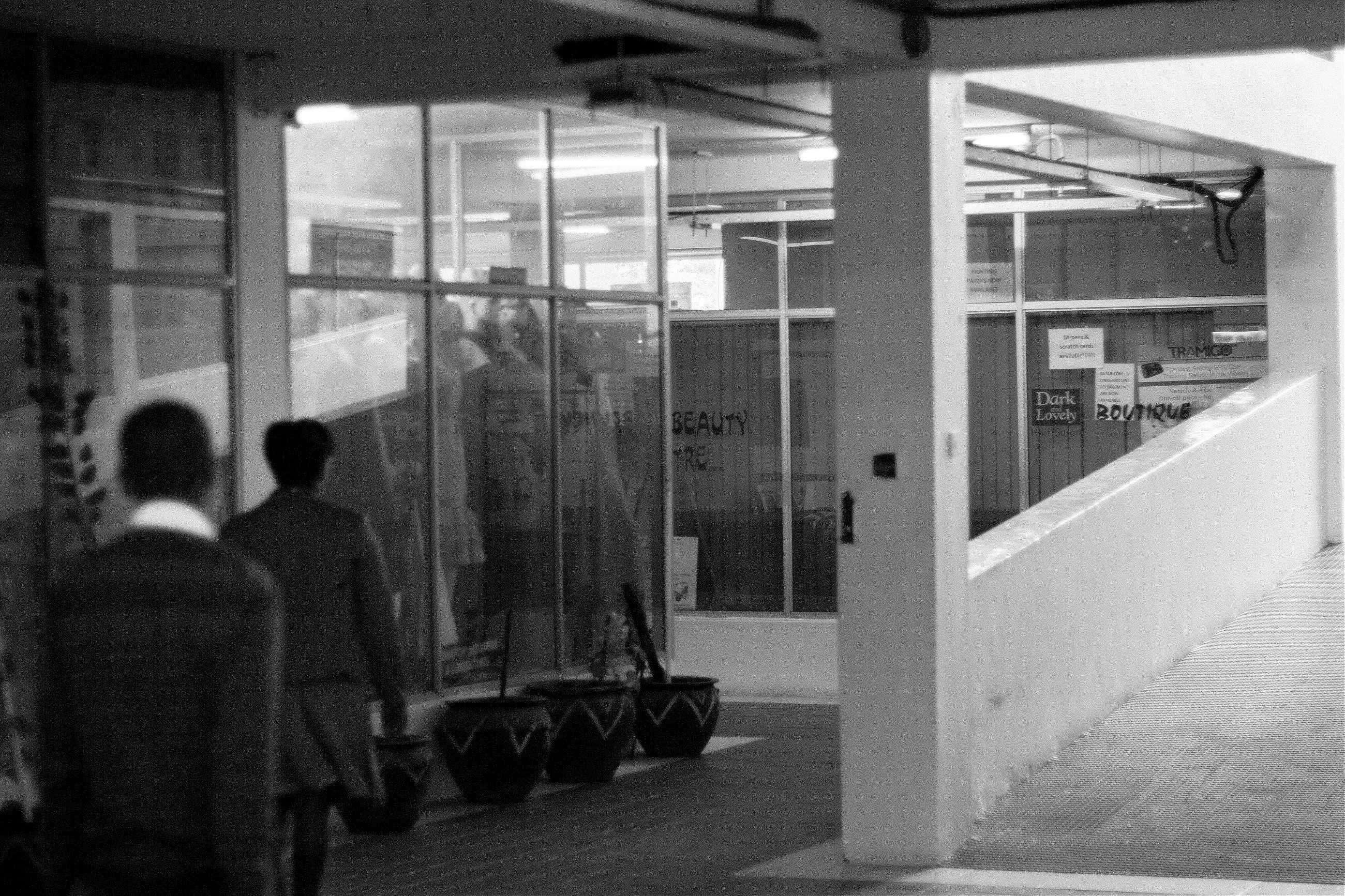
Not listed on the door is that the space also doubles as the de facto Kenya base for the rebel Sudanese People’s Liberation Movement-In Opposition (SPLM-IO). The group has been at war with the government of South Sudan for the past 19 months after a political dispute between the president and vice president—and now the rebel leader—caused a fissure between the country’s two largest ethnic groups, the Dinka and the Nuer.
On January 23, 2014, the South Sudanese government and SPLM-IO rebel forces signed the Cessation of Hostilities Agreement, designed to halt fighting that had already caused tens of thousands of deaths while the two sides worked to reach a diplomatic settlement. Article 4.1 of the document required the coordination of humanitarian relief efforts by both parties as the war between them dragged on. The lease for ROSS’s office space was signed four days later. The mandate of the office quickly swelled to encompass all of the rebels’ diplomatic activity in Nairobi. The cramped room ebbs and flows with military spokespeople, delegates to the negotiations in Addis Ababa, and emissaries recently returned from a fundraising tour of the United States.
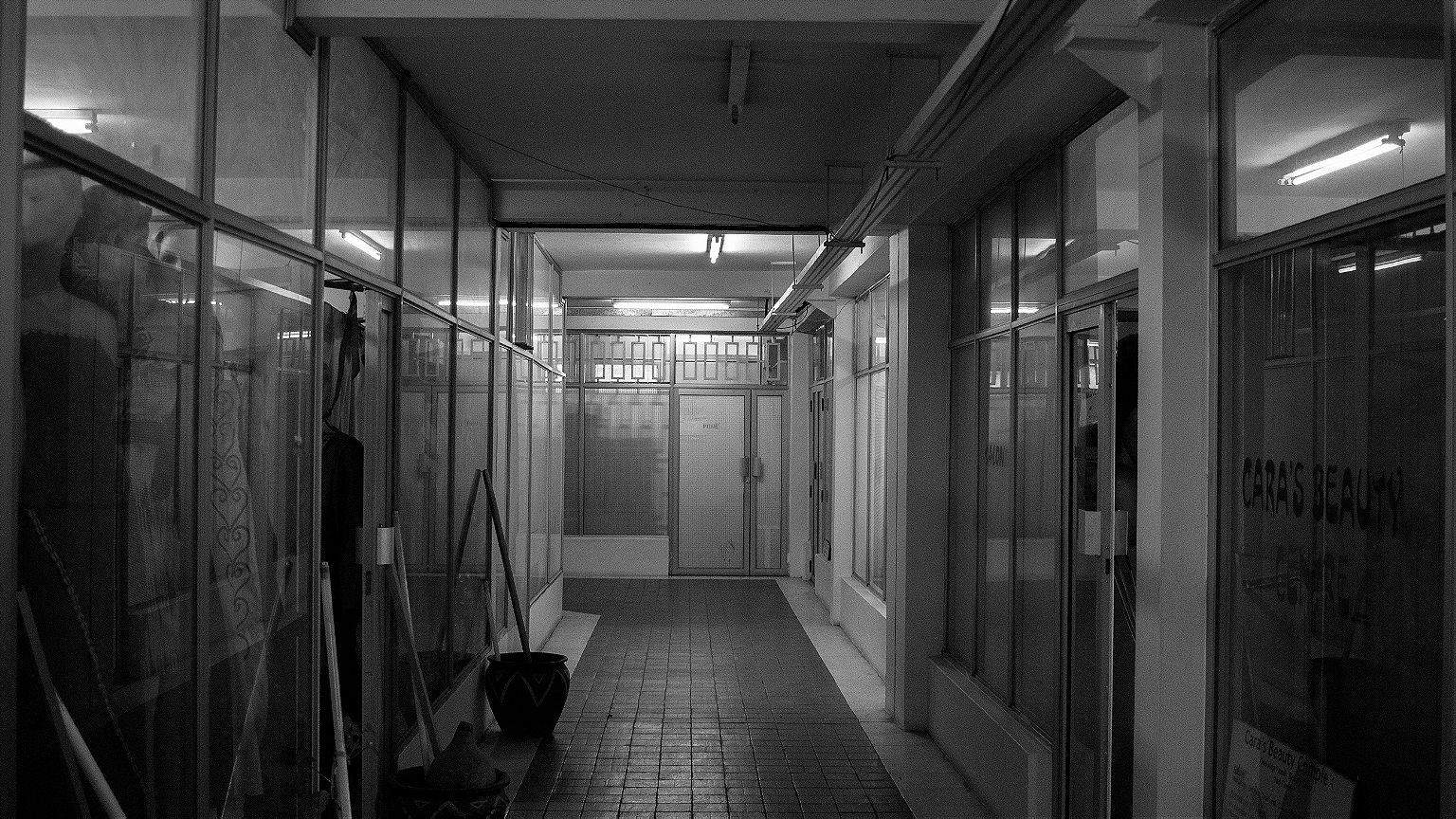
The creation of South Sudan as an independent nation in 2011 was considered a triumph of U.S. foreign policy. The peace treaty ended 50 years of conflict between north and south and freed the new nation from a brutal government in Khartoum, Sudan’s capital. But in South Sudan, which generates 95 percent of government revenue from oil, ethnic rivalries continued to flare. Just two years after the parades of liberation flooded the streets of Juba, South Sudan’s new capital, the bloodletting of civilians continued. In 2013, the country split in two, with the north held by Nuer-based SPLM-IO rebels and the south held squarely by Dinka-backed government forces.
Sitting behind one of three desks in what could generously be called the reception area is Lam Jock, the Deputy Ambassador to Kenya, appointed just months prior by rebel leader and former Vice President of South Sudan Dr. Riek Machar. Lam gestures for me to take a seat and begins interrogating me about just how serious American voters are about Donald Trump, his nervous laughter betraying his wavering faith in America as South Sudan’s savior.
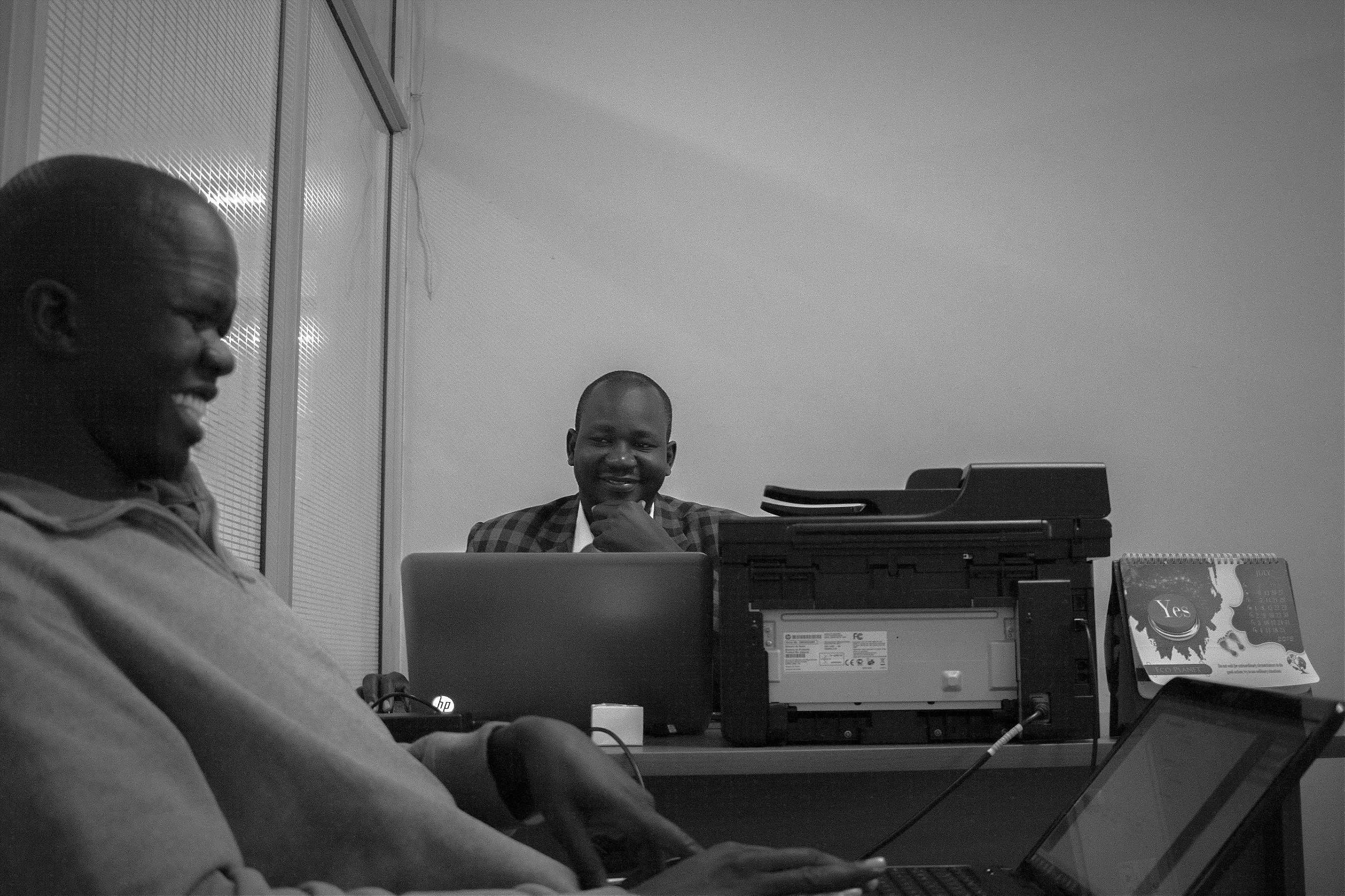
Lam, a well-dressed man with an infectious smile and fuller frame than his lanky countrymen, himself came to America in 1995 from Dadaab refugee camp in Kenya—one of a generation that grew up with war and who became known as the “Lost Boys”. A U.S.-sponsored program helped relocate these youth, who were caught in the crossfire of the Second Sudanese Civil War, an accumulation of decades of grievances lodged against the north by an oppressed south.
For almost two centuries, an Arab-Muslim northern Sudan, benefactors of the British occupation that lasted until 1956, held dominion over the predominately black-Christian south. Rather than incorporating the south into the fabric of Sudan, a succession of dictators in Khartoum enslaved southerners and suppressed civil rights and economic development. A series of isolated conflicts between the north and rebel groups in the south beginning in 1955 had by 1983 culminated in a full-fledged civil war and uniform rebel movement: the Sudanese People’s Liberation Army (SPLA).
Communities faced not just massacres carried out by mercenary Baggara Arabs from the north, but also from SPLA troops settling ethnic scores. Children were forced to flee from their homes and roam the bush of Sudan in groups of hundreds as they made their way to the sanctuary of refugee camps in Ethiopia and Kenya. American religious organizations, citing reports coming out of these camps, pushed to have the children—the “Lost Boys”— brought to the U.S. Their stories of escaping death at every corner from lions to militias on horseback became mythologized in 1990s pop culture.
Lam grew up in the U.S. and studied computer science at Lipscomb University, in Nashville, Tennessee. In 2005, he returned to the soon to be independent nation of South Sudan, along with thousands of others in the Sudanese diaspora. After half a century of constant war, punctuated with tenuous ceasefires, Sudan had finally reached an agreement with the south. The U.S.-backed 2005 Comprehensive Peace Agreement (CPA) not only ended the war, but also paved the way for South Sudanese statehood. Fifty years of rebel fighting culminated in the realization of independence, and prospects for stability were stronger than ever before.
But when a political dispute between President Salva Kiir, a Dinka, and Vice-President Riek Machar, a Nuer, escalated into all-out ethnic warfare with Dinka government forces targeting and killing ethnic Nuer civilians in December 2013, Lam was forced into exile in Nairobi. Since then he has represented Riek’s rebel forces in negotiations with regional diplomats. And with the August 2015 peace talks in Addis Ababa fast approaching, Lam and his colleagues are busier than ever. The international community has grown weary of short-lived ceasefires and has set an August 17 deadline, with an inked agreement, the first of its kind, drafted by the mediating board to be the center of debate.
Gideon Thoar, ROSS’s director, emerges from the other side of the space, which doubles as his personal office and conference room. Thoar clears his staff from the area and sets about reciting his story. His tailored suit and Nuer facial scarring, now a painted target for government forces, lend him a distinct gravitas only a man with his past could command.

When, in 1983, after the discovery of oil in southern Sudan, Khartoum terminated the landmark 1972 Addis Ababa Agreement which granted autonomy to the south, Thoar was one of the first men to take up arms against the north. He fought in the bush with the SPLA alongside seminal figures of South Sudanese history for twenty-odd years during the Second Sudanese Civil War (1983-2005). Thoar quickly rose through the ranks and after the CPA was signed he helped oversee the SPLA’s transformation from a rebel army into a legitimate political institution upon which the world’s youngest nation would be formed.
Thoar, like Lam and thousands in the diaspora, had become a fervent supporter of the CPA and truly believed that a peaceful and prosperous South Sudan would emerge. Finally, after 50 years of civil war, its oil and agricultural potential could be fully harnessed to the benefit of the more than sixty tribes that live within its borders. But after a helicopter accident took the life of the SPLA head Dr. John Garang and thrust the unprepared General Salva Kiir into leadership, those prospects began to wane, along with American interest in the South Sudanese political situation. As the SPLA devolved from the once-hopeful democratic institution into an authoritative one-party rule, the U.S. chose to turn a blind eye rather than admit its foreign policy as misconceived.
What began as a political squabble between two leaders resulted in the destruction of an entire nation
Kiir’s increasingly dictatorial style of governance eroded the support of his vice president and cabinet. After they publicly announced their opposition to Kiir’s government and candidacy in the next elections, they were dismissed. Tensions rose between the opposite political camps until they snapped on December 15, 2013. Mobilizing a generations-old ethnic rivalry and claiming a coup attempt against his seat, Kiir unleashed thousands of Dinka youth to massacre all Nuer citizens living in Juba. In the ensuing massacre, twenty thousand Nuer were murdered by civilian militias, recruited in Kiir’s hometown and trained by handpicked defense officials. Thoar was suspected of treason soon after and fled to Nairobi. What began as a political squabble between two leaders vying for the presidential ticket had resulted in the fracturing and destruction of an entire nation.
Now, operating in exile, the SPLM-IO constantly fends off accusations of coup attempts and war crimes. They are desperate to have their version of the story told. The manifestos of the ruling party of South Sudan have been changed to eliminate evidence of Nuer involvement in the 50 year liberation struggle and Juba’s national security office has shut down any media outlet that airs the voice of the opposition. The few people with access to western media—NGO workers and diplomats—are bound by their posts to keep from offending the Kiir government that quiets any dissent.
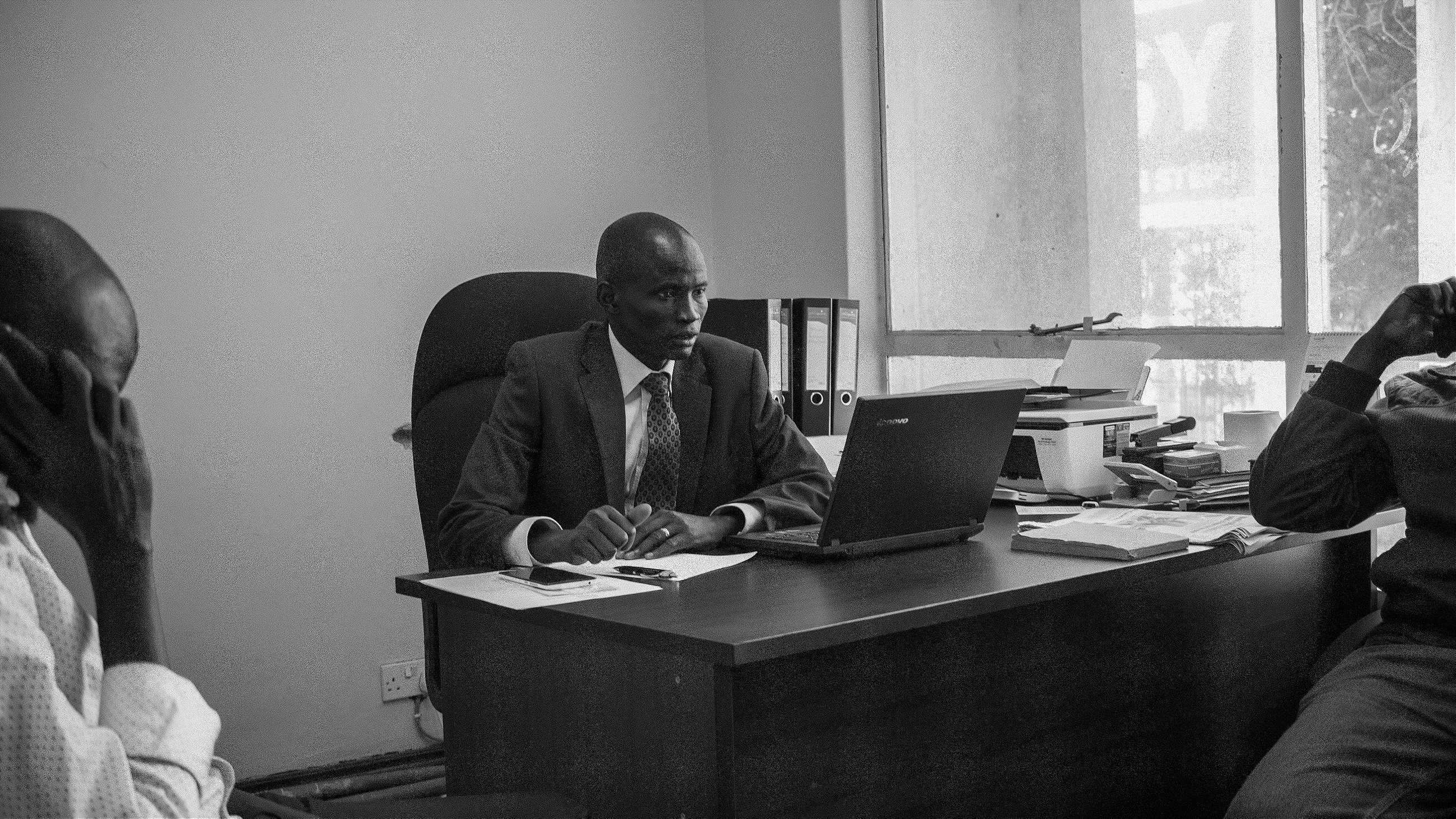
Thoar’s recitation echoes the rallying cry of every other rebel official I’ve met: There was no coup attempt and they are defending themselves from attempted ethnic cleansing. Usually soft spoken and calm, he becomes agitated as he discusses the intractable government and reluctance to come to a peaceful settlement.
He is equally distressed about the inclusion of Darfuri rebel forces, Ugandan troops, and Chadian militias in the conflict on the side of the government. These same states backing military intervention in South Sudan are also members of the mediating board that purports neutrality in the conflict. To Thoar, the war is being prolonged not necessarily by irreconcilable political differences, but by foreign interests that value their investments more than the thousands dead and millions displaced.
But Thoar beams when he speaks of Nuer superiority in battle and how Nuer soldiers held back an international military force with nothing but equipment they had stolen from government forces. As we speak his hands excitedly rearrange the items on his desk.
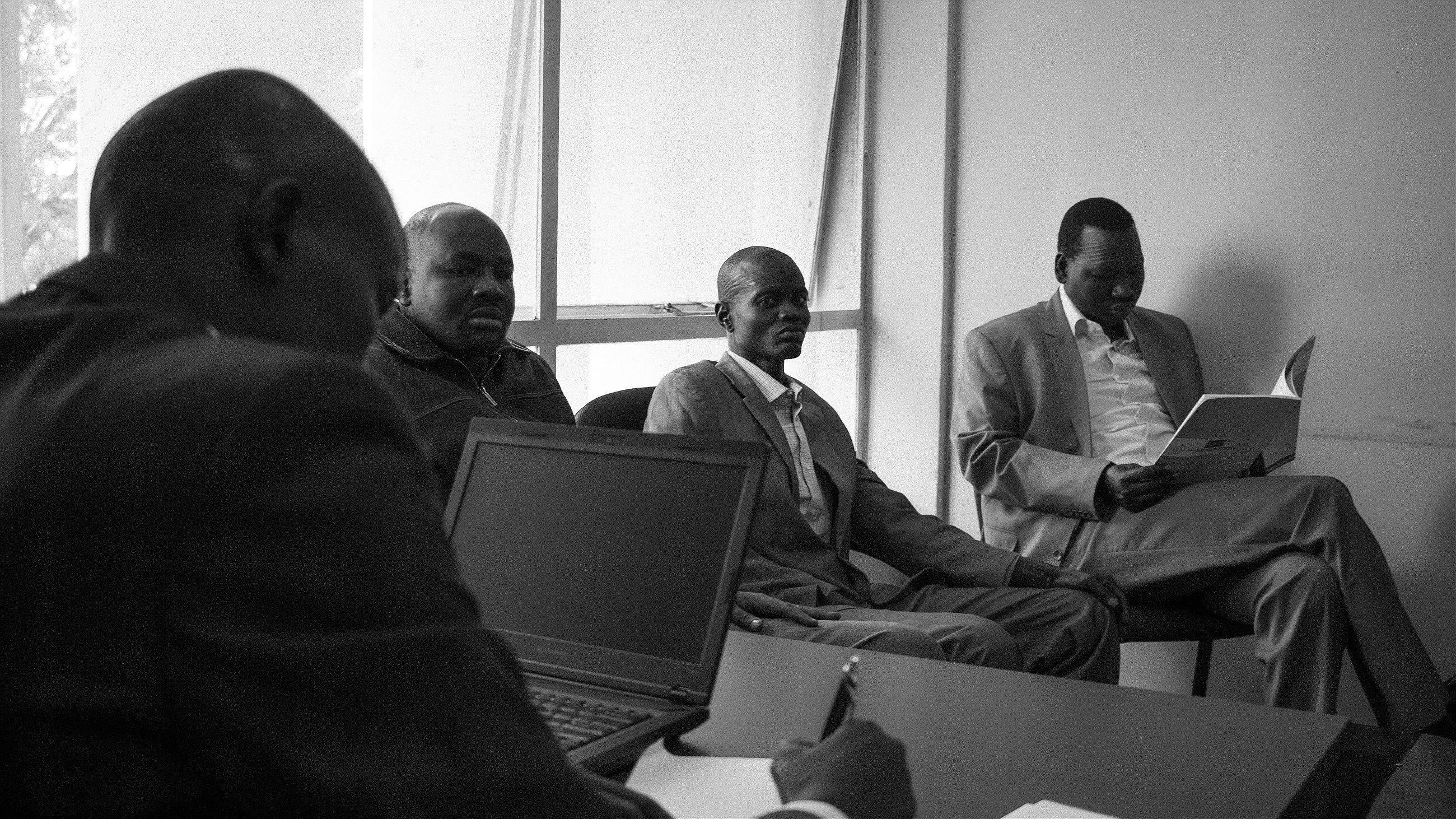
We are interrupted by frequent texts and calls from Médecins Sans Frontières officials hoping to arrange drop sites in Upper Nile state—home to the Nuer tribe, oil fields, and the heaviest fighting the war has seen. As the wet season takes hold of South Sudan, the challenges of coordinating relief have shifted from maneuvering around military campaigns to coping with unusable roads, water-borne illnesses, and budgeting expensive helicopter drops, the only viable delivery with the current weather conditions.
Gideon’s phone rings again. He checks his watch, and asks me if that’s all. It’s not so much a question as much as a request for me to leave. His staff, loaded with the Chinese food they had ordered upstairs, begins flooding back into the conference room.
I exit through the glass doors into a market bustling with Chinese expats. Every now and then, a suited South Sudanese man towers over the rest of the marketgoers, ordering fried spring rolls or arguing with a store owner over the price of groceries, before returning to the political intrigue happening inside the unlikely rebel headquarters.